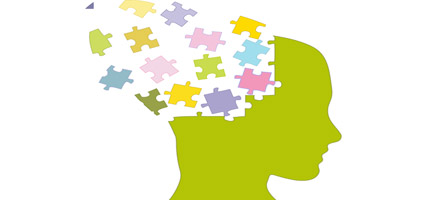Chiropractic Neurology is a form of functional neurology that evaluates the nervous system (brain, spinal cord, and nerves) and its function. A chiropractic neurologist examines both sensory input and motor output. He/she will observe balance, coordination, muscle strength, autonomic response, and eye position and movement; just as a medical neurologist would. Despite conducting a similar examination, the two types of doctors will interpret their findings differently. A chiropractic neurologist tends to watch for more subtle changes as a guide to how specific areas within the brain are functioning.
Despite similar examinations, the mode of treatment is the biggest difference between a chiropractic and a medical neurologist. A medical neurologist typically treats through medication, a chiropractic neurologist treats through exercises and specific adjustments. The exercises are brain-based, targeting the area of the brain that is showing diminished function. The advantage of a brain-based exercise is the ability to activate the targeted areas of imbalance, whereas medications tend to be less specific in their effect. In some cases co-management is necessary; a chiropractic neurologist will refer out as needed.
Functional neurologic exercises work through the science of neuroplasticity. Neuroplasticity is a fairly new discovery in the field of neuroscience. Prior to the 1990ís it was believed that the brain was static, and if you lost function of an area of the brain those functions would be permanently lost. Neuroscientists in the 1990ís however, proved that the brain has the ability to rewire itself and make new connections between neurons (brain cells).
In its simplest form, the nervous system communicates by sending signals from one neuron to the next. As shown in the diagram below, neuron A fires on neuron B. Neuron B will fire continuing the signal. A group of these neurons firing together is called a pathway.
If a pathway is weakened through damage, underactivity, autoimmunity, or through a lack of development; the signal is also weakened (see the diagram below). This loss of signal can lead to an imbalance that results in symptoms that a patient may feel.
Through targeted exercises the remaining neurons can form new branches to strengthen the connections and pathways (see diagram below). This is how chiropractic neurology, through the science of neuroplasticity, is effective in treatment.
There are many conditions that can benefit from this kind of treatment including:
- Childhood learning disorders including: ADD/ADHD, Autism, Aspergers, Tourettes/tics, OCD, Dyslexia, visual and auditory processing disorders, and sensory processing disorder.
- Traumatic Brain Injury/ post concussion syndrome
- Vertigo and balance disorders
- Pain
- Chronic Regional Pain Syndrome (CRPS/RSD)
- Migraines and headaches
- Neurodegenerative disorders such as Alzheimers and Parkinsons disorders
- Autoimmune disorders







